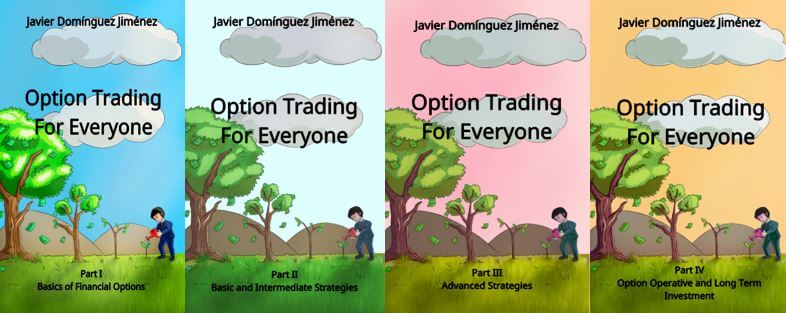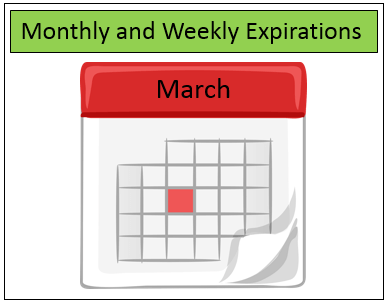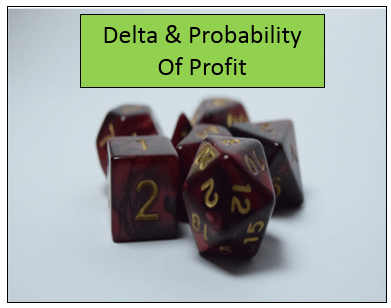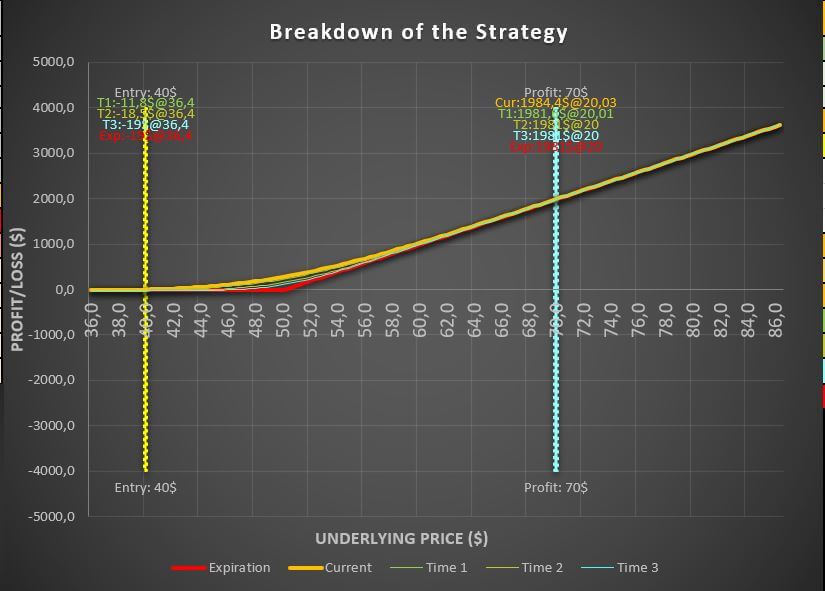Stock Index Options – A Extremely Lucrative Way to Trade Options
The stock index options are another asset we can trade with options, apart from commodities or stock options. This type of options are very special because we will not be able to trade any index unless we use options to do so.
In this article, we are going to be learning about index options. We will learn how the index options are priced and how do they work too.
Table of Contents
Let us begin with the most basic question, which is…
What are index options?
Index options, as their name suggests, are options whose derivatives or underlying products are global stock market indices, such as the S&P 500 or the Dow Jones Industrial Average.
In other words, with stock index options, we can trade any general index as if we were trading a stock option or a commodity option.
How index options work?
The stock index options work in exactly the same way as a stock or commodity option does. We will be able to buy or sell call or put contracts and execute any of the multiple option strategies we desire, with the addition that we will have much more volume and open interest available, compared to other options.
The stock index options are priced exactly like any other option, using the Black Scholes model formula.
However, there are certain differences in how to trade index options compared to stock options or futures options.
How to trade index options?
Let us take a look at the main differences between index options vs stocks options so we can understand how the first ones work.
When we are dealing with stock options, if the buyer of a call decides to exercise it, the seller must provide with the buyer with 100 shares.
However, in this case, we will have some differences.
If the buyer decides to exercise the contract, there will not be shares of an index, because the truth is we cannot trade an instrument called S&P 500, for example. Instead, the trader will receive an amount of money equal to the difference between the strike price and the current underlying price.
As with stock options, if the buyer decided to let the index options expire, the contract will disappear from the portfolio, losing the optiom premium paid for the bought contract.
Are stock index options American or European style?
The second difference is the style of the option.
As we know, there are two types of option styles, American and European options. When we are dealing with stock index options, these mostly operate in the European style.
Of course, there are exceptions. Here is a list of index options available at the market, along with their tickers.
As we can see, from this list, the vast majority are European based style, so we will not be able to exercise them whenever we want.
We should not confuse the index options with the ETF options. For example, to trade options in the S&P500, we can do so by trading the index options SPX or the ETF option SPY. However, the main difference between SPX and SPY is the style of the option.
If you want to know more about the most liquid ETFs options, take a look at this article here.

Index options vs stock options
Disadvantages of the index options vs stock options
The first major disadvantage is that, since we are dealing with underlying whose prices are much higher compared to the stock options, to be able to trade a call or put contract, we are going to require much more capital.
This will not allow us to trade stock index options with a small account, because if we wanted to implement viable strategies, we would need at least five figures to start operating in this market.
Stock index options trading is a much more advanced level, as the risk and return levels are much higher than those perceived with stock options. For this reason, it is best not to trade these types of options until we acquire a certain amount of fluency with stock options.
However, as we will see, the advantages they offer us are very lucrative once we have become accustomed to stock options.
Do you need a Calculator that helps you create and analyze any option strategy in record time? |
Advantages of the index options vs stock options
Firstly, we must consider what the index we intend to trade represents. Take the NASDAQ 100, for example. This reunites the top 100 companies in the technology industry, either hardware or software, including some international companies.
Sometimes it is much easier to determine the general direction of a market than of a single company since the behavior of the entire market is somewhat easier to predict.
Besides, one of the best advantages is the low volatility index options have. We have already seen that the implied volatility is one of the most important factors when trading in stock options.
We can use it to our advantage in many cases where we want to buy calls or puts or where we intend to carry out sophisticated strategies, being able to manipulate strikes prices and their volatilities in our favor.
Another significant advantage of using stock index options is the high liquidity compared to some individual companies.
A stock index option will have a very high liquidity in comparison with any other option, and we will be able to trade with those strike prices that are very far away in time, being able to create complex strategies such as the call backspread, the put ratio backspread or the iron condor.









